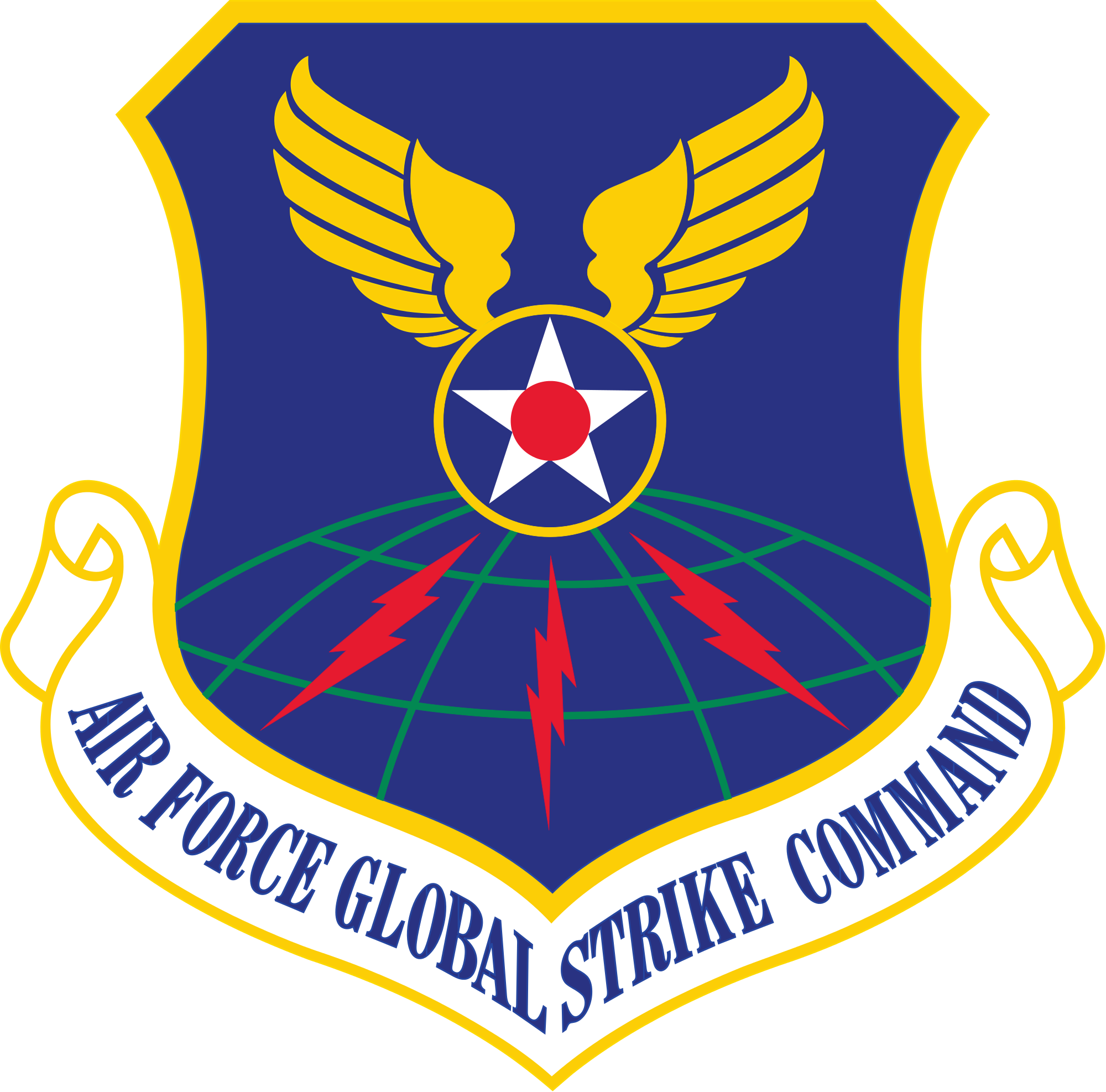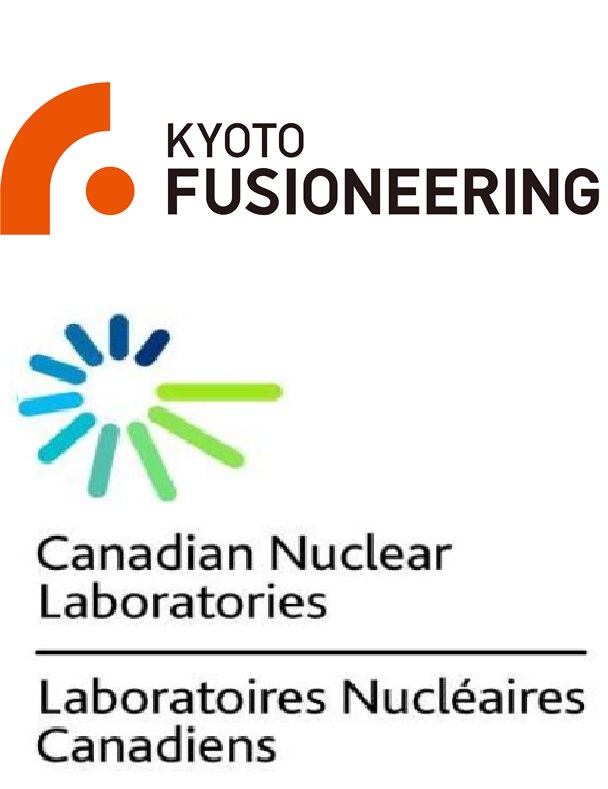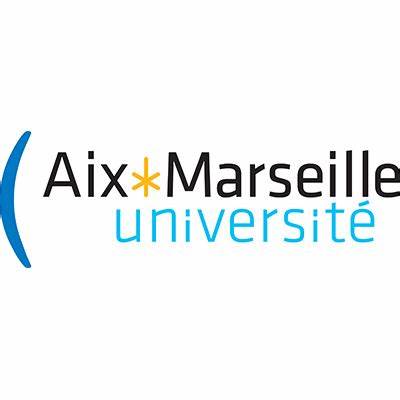A joint team of Air Force Global Strike Command Airmen and 30th Space Launch Delta Guardians launched an unarmed Minuteman III intercontinental ballistic missile (ICBM) from Vandenberg Space Force Base on September 6th. The missile was equipped with three test re-entry vehicles.
This test launch is part of routine and periodic activities which are intended to demonstrate that the U.S.’ nuclear deterrent is safe, secure, reliable and effective in its mission to deter twenty-first century threats and reassure our allies. This type of test has taken place over three hundred times before. This test is not the result of current world events.
Gen. Thomas A. Bussiere is the commander of Air Force Global Strike Command. He said, “The men and women of Air Force Global Strike Command comprise two-thirds of our nation’s nuclear triad, and they stand constant vigil to ensure our national defense. Test launches validate our deterrence capabilities to the American public and to our allies. The missile community is comprised of our country’s finest Airmen, and I have no doubt in their ability to support our most important mission across the Department of Defense.”
The ICBM’s reentry vehicle traveled about four thousand miles to the Kwajalein Atoll in the Marshall Islands. These test launches serve to verify the accuracy and reliability of the ICBM weapon system. They provide valuable data to ensure a continued safe, secure and effective nuclear deterrent.
Coronel Chris Cruise is the 377th Test and Evaluation Group Commander. He said, “The U.S. nuclear enterprise is the cornerstone of security for the freedom of the American people and our allies around the world. This test launch sends a visible message of deterrence on behalf of our joint forces and global partners, and I couldn’t be prouder of the professionalism of the Airmen and Guardians who comprise this mission.”
The test launch is a culmination of months of preparation that involved multiple government agencies. The Airmen and Guardians who perform this vital mission are some of the most skillfully trained and educated men and women in the Air and Space Forces.
Airmen from across the Twentieth Air Force were selected for the task force to support the test launch. The 90th Missile Wing from F.E. Warren Air Force Base, Wyoming, provided maintenance support. The missile bases within the Air Force Global Strike Command have crew members who are standing alert twenty-four hours a day, three hundred and sixty five days a year, overseeing the nation’s ICBM alert Forces.
The ICBM community, including the Department of Defense, the Department of Energy, and U.S. Strategic Command, uses data collected from test launches for evaluating continuing force development. The ICBM test launch program demonstrates the operational capability of the Minuteman III. This ensures the U.S.’ ability to maintain a strong, credible nuclear deterrent as a key element of U.S. national security and the security of U.S. allies and partners.
Air Force Global Strike Command is a major U.S. command that is headquartered at Barksdale Air Force Base, Louisiana, in the Shreveport-Bossier City community. The command oversees the nation’s three ICBM wings, the Air Force’s entire bomber force, to include B-52, B-1 and B-2 wings, the Long Range Strike Bomber program, Air Force Nuclear Command, Control and Communications systems, and operational and maintenance support to organizations within the nuclear enterprise. About thirty-four thousand professionals are assigned to two Numbered Air Forces, nine wings, two geographically-separated squadrons and one detachment in the continental U.S. that is deployed to locations around the globe.
The LG-35A Sentinel will replace the Minuteman III ICBM with an initial capability in 2029. Until full capability is reached in the mid-2030s, the Air Force is committed to ensuring that the Minuteman III remains a viable deterrent.
Blog
-

Nuclear Weapons 827 – The U.S. Air Force Global Strike Command Just Test Launched A Minuteman III ICBM
-
Links for 15 Aug 2023
Westinghouse Strengthens Energy Security in Slovakia Westinghousenuclear.com
Dismantling of deactivated Fort Greely nuclear power plant to resume alaskapublic.org
Fukushima residents are cautious after the wrecked nuclear plant began releasing treated wastewater apnews.com
Volunteer moms are distressed about the water being discharged from the Fukushima nuclear plant nbcnews.com
-

Nuclear Fusion 45 – Canadian National Laboratories and Kyoto Engineering Are Collaborating On Tritium In The Fusion Fuel Cycle
Canadian Nuclear Laboratories (CNL) and Kyoto Fusioneering Ltd. (KF) just announced that they have signed a Strategic Alliance Agreement (SAA). Following the Memorandum of Understanding signed in March of 2023, the SAA outlines how the two organizations will collaborate to jointly explore opportunities to accelerate the development and commercialization of fusion fuel cycle technology, a critical-path system for fusion energy commercialization.
Because a large majority of the world’s fusion power plant designs use tritium, the demand for tritium handling and tritium compatible technology is growing rapidly. Recent reports from National Academies of Sciences, Engineering, and Medicine (NASEM)2 and the Fusion Energy Sciences Advisory Committee (FESAC) emphasize the significance of managing the tritium fuel cycle for fusion commercialization. Responding to this need, CNL and KF will:
1. Innovate Tritium Fuel Cycle Technologies and Systems: The collaborators will advance the readiness level of the complete tritium fuel cycle with a focus on safety, public protection and system economics.
2. Support Fusion Developers in Design and Development of Pilot Plants: The collaborators will develop comprehensive design, consulting, engineering, and technology to meet the needs of public and private fusion energy development programs globally.
3. Support Tritium Handling and Management: The collaborators will offer insights and solutions for efficient tritium behavior control and extraction in Fusion Pilot Plant devices.
Dr. Jeff Griffin is the Vice-President, Science & Technology at CNL. He said, “Both CNL and KF are conducting cutting edge work to advance fusion technology, with each organization having built technical strengths in select areas. By working cooperatively, we can more effectively apply this knowledge and expertise, which will ultimately better serve the needs of the market.”
Dr. Satoshi Konishi is the Co-Founder and Chief Fusioneer at KF. He said, “Fusion energy holds transformative potential for global energy. Our partnership with CNL merges KF’s fusion technology with CNL’s tritium management expertise, positioning us to tackle some of commercial fusion power’s most critical challenges.”
Central to the collaboration is the UNITY-2, a fusion test loop that has been proposed for construction at the Chalk River Laboratories. UNITY-2 is complementary to KF’s UNITY-1 facility which was announced last July. UNITY-1 focuses on the thermal cycle system to utilize heat from the fusion core. UNITY-2 focuses on demonstrating the complete fuel cycle.
UNITY-2 is designed to emulate fusion power plant conditions. It will be a global first which integrates a full deuterium-tritium fuel cycle with the highest safety and tritium handling standards. UNITY-2 will demonstrate fuel exhaust and pumping, direct internal recycling, fuel clean-up and isotope separation, tritium management and storage, tritium extraction from liquid metal and molten salt coolants, air and water detritiation, and equipment development and verification.
CNL is Canada’s premier nuclear science and technology laboratory, founded in 2014. It is a world leader in the development of innovative nuclear science and technology products and services. CNL fulfills three strategic priorities of nation importance, including restoring and protecting the environment, advancing clear energy technologies, and contributing to the health of Canadians.
KF was established in 2019. It is a privately funded technology startup with facilities in Tokyo, Kyoto, Reading (UK) and Seattle (U.S.) The company specializes in developing advanced technologies for commercial fusion power plants such as gyrotron systems, tritium fuel cycle technologies, and breeding blankets for tritium production and power generation. -
Links for 14 Aug 2023
Groundwater extraction begins at Zaporizhzhia world-nuclear-news.org
Second Leningrad unit defueled world-nuclear-news.org
Texas nuclear waste storage permit invalidated by US appeals court news.yahoo.com
Swedish government removes nuclear power promise from website telegraph.co.uk
-
Links for 13 Aug 2023
IAEA Presents Monitoring Data from Japan on Treated Water Release from Fukushima Daiichi iaea.org
Japan starts discharging treated water into the sea world-nuclear-news.org
OPG ad campaign recasts nuclear world-nuclear-news.org
Grafenrheinfeld reaches new decommissioning milestone world-nuclear-news.org
-
Links for 12 Aug 2023
The Fukushima Hysteria Has a Lesson for the Nuclear Renaissance washingtonpost.com
China bans seafood as Japan’s nuclear waste water is released into the ocean. Should you eat seafood? Deseret.com
Xcel Energy’s Monticello plant gets green light to increase nuclear waste storage bringmethenews.com
Environmental group suffers setback in legal fight to close Diablo Canyon nuclear plant cbsnews.com
-

Nuclear Reactors 1266 – Researchers At Bangor University In The UK Are Working With Roll Royce To Develop A Micro-Reactor For Lunar Exploration
Bangor University is located in north Wales in the U.K. Recently, researchers at the University have been working on small nuclear fuel cells that could be used to sustain human explorers on the Moon for long periods of time. The team has been collaborating with Rolls Royce to develop a source of energy that could sustain long stays on the Moon.
Tristructural-isotropic (TRISO) fuel is a type of micro-particle fuel. The particles consist of a kernel fuel of uranium oxidex (sometimes uranium carbide or uranium carbon oxide) which has been coated with four layers of three isotropic materials deposited through fluidized chemical vapor deposition. The four layers of deposited material create a porous layer of carbon that absorbs fission product recoils, followed by a dense inner layer of protective pyrolytic carbon (PyC). A layer of ceramic SiC retains fission products at elevated temperatures and provides more structural integrity. The final outer layer of the particle is a dense layer PyC.
Using TRISO particles, the researchers designed Trisofuel, a small nuclear cell that could power the RR micro nuclear generator.
The generator is a portable device the size of a small car. It is small enough to be put on a rocket and launched into space. Trisofuel has now been sent to the team for further testing.
Nuclear power has the potential to dramatically increase the duration of future Moon missions as well as their scientific value because it can provide the energy necessary to support systems for communication, life support and scientific experiments.
However, power sources have been especially difficult to transport to space. RR’s vision of a relatively small and lightweight nuclear micro-reactor could be the key to enabling continuous power, regardless of location, available sunlight and other environmental conditions.
Middleburgh told the BBC that the research was a challenge but a fun one. He went on to say, “On the Moon and on planetary bodies that have day and night, we can no longer rely on the Sun for energy and therefore must design systems such as the small micro-reactor to sustain life. Nuclear power is the only way we currently have to provide the power for that length of space travel. The fuel must be extremely robust and survive the forces of launch, and then be dependable for many years.”
Nuclear space power is anticipated to generate new skilled jobs across the U.K. to support the growing U.K. space economy, said to be worth about twenty billion dollars.
Interest in the Moon’s resources and its potential use as a base for space explorations has been growing over the past few years. Last month, India became the fourth nation to successfully land a spacecraft on Moon following its seventy million dollars Chandrayaan-3 spacecraft landeing in a previously unexplored region of the Moon.
The Indian landing took place just a few days after Russia’s Luna-25 spacecraft crashed into the Moon on its way to the same destination. Last year, NASA successfully launched its Artemis spacecraft as part of a mission to take humans back to the Moon. NASA has also revealed its hopes of landing astronauts on Mars sometime in the 2030s as part of its Moon to Mars program. -
Links for 11 Aug 2023
North Korea says Camp David agreements raise possibility of ‘thermonuclear war’ reuters.com
Canada Imposes More Sanctions on Russia’s Military, Nuclear Sectors miragenews.com
Production of Nuclear Test Medals underway ahead of Remembrance Sunday gov.uk
Japan Begins Releasing Nuclear Wastewater in Process That Could Last 30 Years insurancejournal.com
-

Nuclear Fusion 44 – Researcher At Aix-Marseille Universite in France Is Using Deep Learning To Explore Ratios of Hydrogen Isotopes For Nuclear Fusion
Nuclear fusion is the process that powers the stars. It is being investigated in multiple laboratories across the world. If it can be generated reliably on Earth, it could be a future power source that could provide clean and renewable energy free of the radioactive waste associated with current commercial nuclear fission plants.
The process of nuclear fusion forces nuclei of elements together to create heavier nuclei. In stars, the process begins with the compression of isotopes of hydrogen into helium, then the helium fuses, and so on. The nuclei are in an ultra-hot gas called a “plasma”. Great amounts of energy are released as nuclei fuse.
In some laboratories on Earth, the hot plasma is trapped by powerful magnetic fields as fusion occurs. Other laboratories use an array of powerful lasers to ignite tiny pellets of fuel. In any case, the energy generated is either used to heat water for steam turbines or, in some fusion reactors, it is converted directly to electricity.
One of the most important things that scientists must find in order to create reliable fusion reactors for power on Earth is the best mixture of isotopes of light elements to use as fuel. For reactors that run on hydrogen nuclei, there are three choices. Standard hydrogen has a single proton in the nucleus orbited by a single electron. Deuterium is a non-radioactive hydrogen isotope with one neutron in the nucleus. Tritium is a radioactive isotope of hydrogen with two neutrons in the nucleus. In fusion reactors called tokamaks, the mix of hydrogen isotopes undergoing fusion is monitored by spectroscopy. However, this process is complex and time-consuming.
A new paper was recently published in The European Physical Journal D by Mohammed Koubiti who is an association professor at the Aix-Marseille Universite in France. In the new paper, Koubiti assesses the use of machine learning in connection with plasma spectroscopy to determine how the ratios of hydrogen isotopes affect nuclear fusion plasma performance.
Koubiti said, “In terms of performances, fusion power plants will be operated with a mixture of deuterium and tritium since their nuclear fusion is optimal, but the content of tritium must be controlled and strictly managed to respect the limits imposed by the regulation authorities. Also, it may be necessary to know on a real-time scale the content of tritium to optimize the performances of the nuclear power plant.” Koubiti goes on to explain that to develop a way of doing this he decided to use a combination of machine learning and spectroscopy.
Koubiti adds that, “The ultimate aim is to avoid using spectroscopy, whose analysis is time-consuming, and replace it — or at least combine it — with deep learning to predict tritium contents in fusion plasmas,” Koubiti explains. “This study is only a step towards that. I am still using spectroscopy as a means of allowing me to find other features that can be used by deep learning algorithms to predict as a function of time the tritium content in fusion plasmas.”
Koubiti says that the next step is to identify the non-spectroscopic features that must be provided to any deep-learning algorithm. Then he will test the findings on several magnetic fusion devices that rely on external magnets to confine the plasma. -
Links for 10 Aug 2023
Marshalls ‘astounded’ at exclusion from US nuclear compensation plan rnz.co.nz
North Korea warns of ‘thermo-nuclear war’ due to US-ROK drills, Camp David deals nknews.com
Uranium Traces Found in Turtles Near Nuclear Sites miragenews.com
Japan to dump Fukushima waste water on Thursday, as China slams ‘extremely selfish’ move scmp.com
